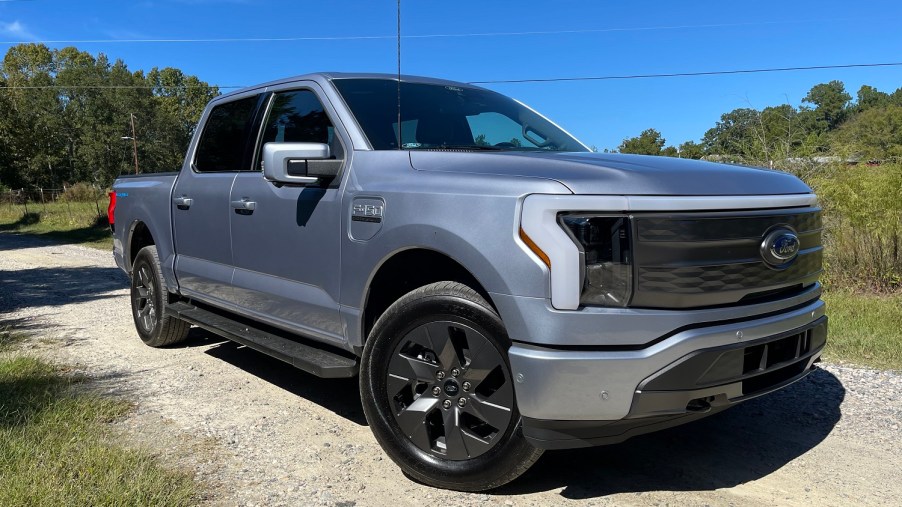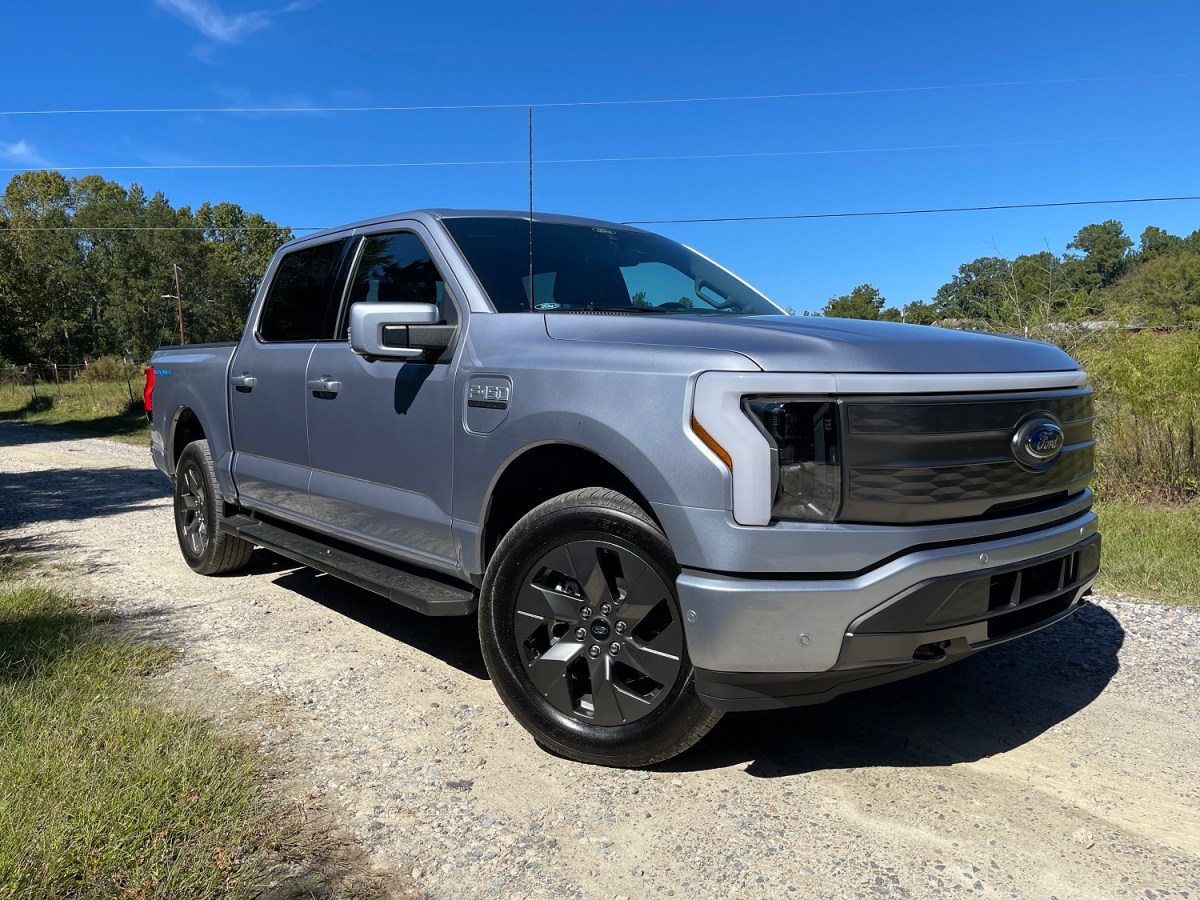
There’s 1 Reason Why Electric Cars Perform Much Better Off-Road Than Gas-Powered Vehicles
It’s a no-brainer that EVs are the best cars to buy if you want to save money on gas. However, many drivers also don’t realize that EVs can be some of the best cars to have for off-roading. Almost all of them come with either standard or optional dual-motor setups, which means they have all-wheel drive.
A handful of EVs, like the Rivian R1T and the upcoming GMC Hummer EV, could easily take on rougher trails. Sure, EVs still might struggle in certain off-roading situations, but they all have one key advantage that gas-operated cars lack.

Challenges that come with off-roading
HowStuffWorks explains off-roading safety means having a vehicle with good break-over, approach, and departure angles. The break-over angle to how much ground clearance you have to protect the middle of your car’s underside. Approach and departure angles refer to how much clearance you have to clear objects in the front or back of your vehicle (respectively).
Different kinds of off-roading might require certain kinds of equipment. That’s why off-roading trims often come with two-speed transfer cases for rock-crawling, all-terrain tires, off-roading suspensions, and so on.
At a bare minimum, you’ll need a vehicle with AWD (or four-wheel drive) and ideally around 9 inches of ground clearance. Many modern AWD systems also come with terrain management systems, some of which include mud or sand settings.
Most importantly, you need to know your car’s limits when it comes to taking off-roading challenges. Rocks can often puncture tires or damage the underside of your car if you’re not careful. If you’re relatively new to off-roading, it pays to have someone more experienced in the passenger seat (or volunteering as a spotter).
Here’s why we’d feel confident driving an electric car off-road
As Dubizzle explains, all-electric powertrains benefit from instant torque. Because there’s no fuel combustion process involved, there’s no delay when it comes to acceleration or power delivery.
That’s why most EVs are incredibly fast, which means that you can make swift off-roading maneuvers without delay. The instant torque allows EVs to climb hills faster compared to gas-operated cars.
According to TrueCar, the Rivian R1S may be the best EV to have for off-roading. Thanks to its adjustable air suspension(standard on each trim), it can have up to 15 in of ground clearance. It also offers two AWD powertrains, one of which makes 835 hp.
The Rivian R1T is also a great option, which shares the same platform as the R1S. It includes the same adjustable air suspension and can be optioned with 20-in all-terrain tires. The Ford F-150 Lightning is also a good off-roader, while the BMW iX and Subaru Solterra might be better suited for tamer trails.
Proceed with caution if you take your electric car off-road
While instant torque allows EVs to crest hills and dunes quickly, driving faster inevitably affects your EV’s range. According to SabinoCanyon, you’ll see a 20% drop in efficiency if you attempt to climb a hill while driving 60-70 mph. Unless you have a portable EV charging device, too many hills in a row might leave you with a dead battery.
Additionally, not every electric car has the best ground clearance for off-roading. Even with an air suspension, the Tesla Model S only has up to 6.3 in of lift. Keep in mind, EV’s battery is located on the undercarriage, so it could be damaged easily on rocky trails.
Of course, all of these minor annoyances can be offset with careful planning and the right equipment. As long as your EV has the right specs, there’s no reason you should leave it out of your off-roading adventures.


